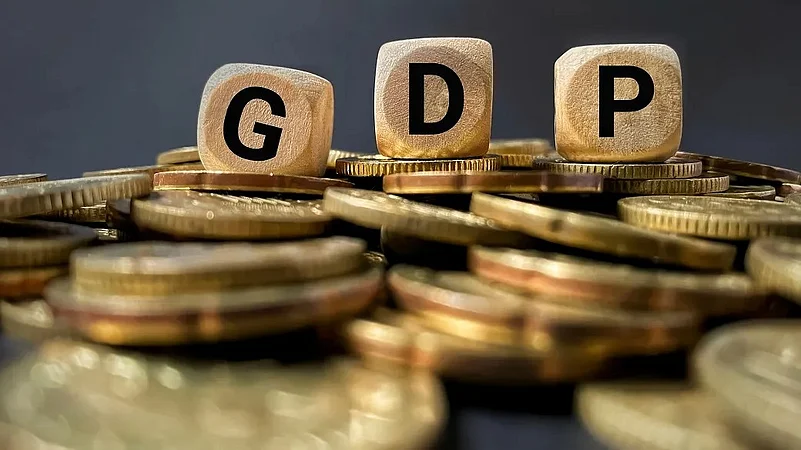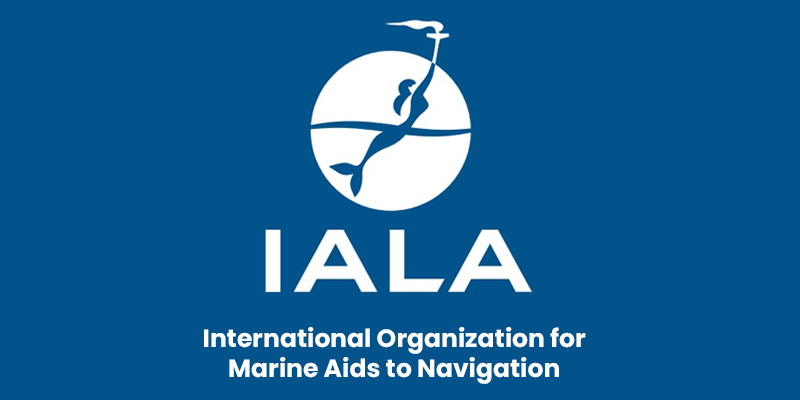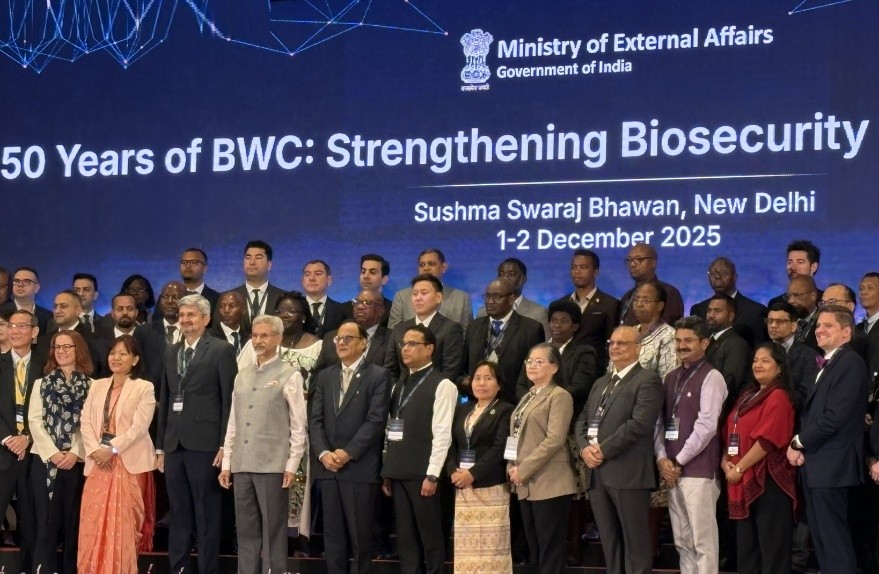Font size:
Print
Indian Digital Economy Ranked 28th in User Spending
Context:
India has emerged as the third-largest digital economy globally, following the United States and China however despite its rapid digital growth, India’s per capita digitalisation ranks 28th out of 32 countries.
India’s Digital Economy: A Global Perspective
- According to the ICRIER-Prosus Centre for Internet and Digital Economy (IPCIDE) report, India is the third-largest digital economy but ranks 28th in per capita adoption.
- The CHIPS framework evaluates India’s digital standing based on Connectivity, Harnessing technology, Innovation, Protection, and Sustainability.
- The digital economy is expected to contribute one-fifth of national income by 2029-30, reflecting its transformative impact on economic growth and employment
- India ranks 8th globally in overall digital performance, surpassing Japan, Australia, Mexico, and Brazil.
- The US and China dominate the AI ecosystem, accounting for 70% of AI unicorn valuations and 80% of venture capital (VC) investments in AI.
Paradox of Digital Adoption in India
- While India has high telecom penetration, 40% of the population lacks internet access, and 50% does not use smartphones.
- Mobile internet access is higher than fixed-line access, a pattern observed only in India and Nigeria.
- Limited fixed broadband infrastructure restricts long-term digital resilience.
- The Southern and Western states are ahead in digitalisation compared to the Eastern and Northern states.
Sectoral Digitalisation Trends
- Banking, Financial Services, and Insurance (BFSI)
-
- Over 95% of banking transactions are digital.
- However, core revenue-generating activities (loans and investments) remain largely offline.
- Retail and E-commerce
-
- Omni-channel retailing is growing, with e-tailers integrating physical stores.
- AI chatbots and digital inventory management enhance operational efficiency.
Economic Contribution of the Digital Sector
- The digital economy accounted for 11.74% of GDP (INR 31.64 lakh crore or USD 402 billion) in 2022-23.
- It employs 14.67 million workers, contributing 2.55% of India’s workforce.
- The digital economy is nearly five times more productive than the rest of the economy.
- Digital platforms and intermediaries contributed 2% of GVA, while digitally enabling industries (ICT, electronic components, and communication equipment) added 7.83% of GVA.
- India hosts 55% of the world’s Global Capability Centers (GCCs), reinforcing its role in global digital services.
- Education
-
- A hybrid model combining online and offline learning is emerging as the preferred approach.
- AI-based learning platforms are gaining popularity, though accessibility remains a concern.
- Hospitality and Logistics
-
- Large firms have fully digitalised operations, whereas smaller players lag behind.
- AI, metaverse applications, and automation are being adopted in supply chain management.
Challenges in Digital Growth
- Infrastructure Bottlenecks
-
- Limited fixed broadband access restricts high-speed connectivity and long-term growth.
- Digital infrastructure gaps persist in rural and underdeveloped areas.
- AI Readiness and Digital Research
-
- India ranks 11th in AI research and 16th in AI infrastructure.
- The US and China lead AI advancements, raising concerns about India’s competitiveness in this field.
- Consumer IoT and Metaverse Adoption
-
- India lags significantly in the adoption of Consumer Internet of Things (IoT) and metaverse applications.
- Scores in these categories are below the median of 32 countries.
Future Prospects and the Way Forward
- By 2030, India’s digital economy is projected to contribute nearly 20% of GDP, surpassing agriculture and manufacturing.
- Digital platforms are expected to grow at 30% annually, driven by advancements in AI, cloud computing, and fintech.
- The digital workforce is set to expand, providing new opportunities, particularly for women.
- An inclusive and sustainable digital transition will require a collaborative effort between the government, businesses, and individuals.
- Government and Policy Interventions: India’s G20 Sherpa Amitabh Kant emphasised the need to democratise technology through open-source models and cost-competitive AI solutions. Government initiatives must focus on:
-
- Strengthening digital infrastructure.
- Encouraging startups and innovation.
- Enhancing digital skills among citizens.
Subscribe to our Youtube Channel for more Valuable Content – TheStudyias
Download the App to Subscribe to our Courses – Thestudyias
The Source’s Authority and Ownership of the Article is Claimed By THE STUDY IAS BY MANIKANT SINGH


